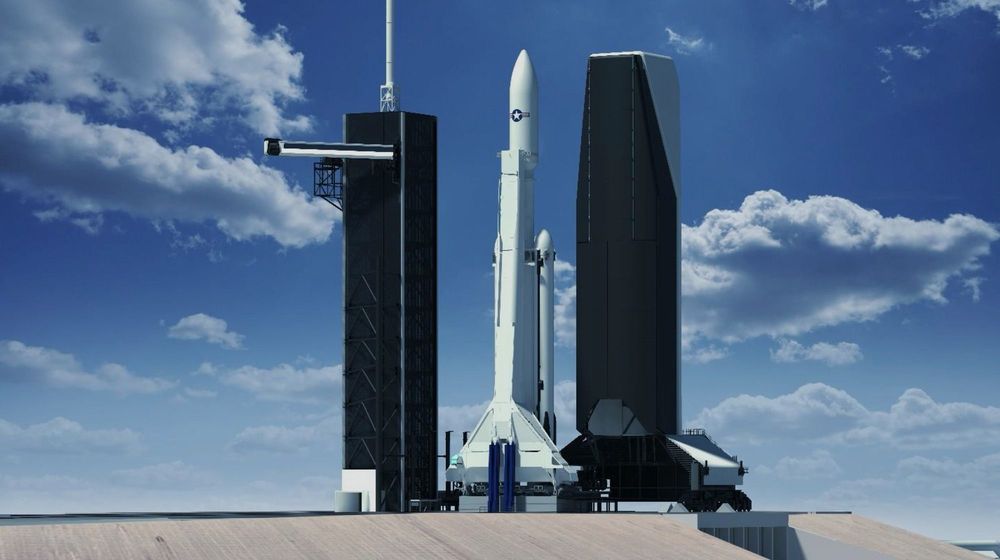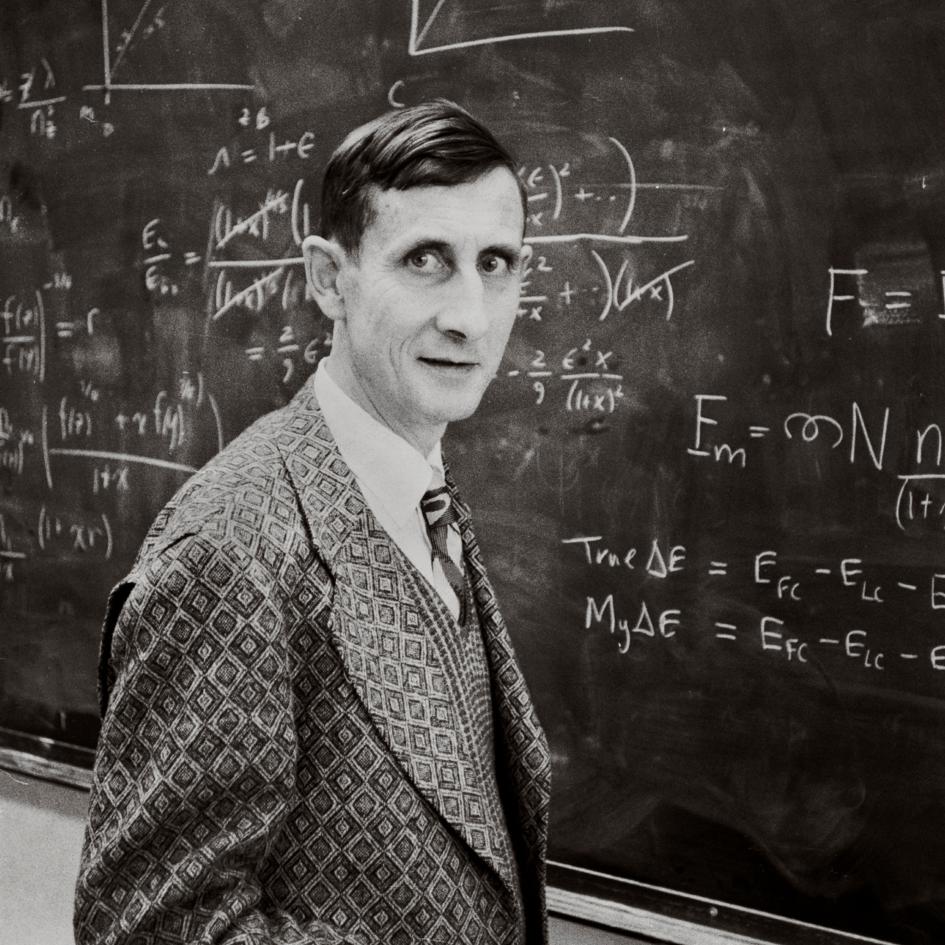Archive for the ‘military’ category: Page 183
Mar 2, 2020
L3Harris wins $1.2 billion contract to maintain, upgrade space surveillance systems
Posted by Genevieve Klien in categories: military, space, surveillance
WASHINGTON — L3Harris has been awarded a 10-year $1.2 billion contract by the U.S. Space Force’s Space and Missile Systems Center to maintain and modernize the military’s network of space surveillance sensors.
The award is for a new program named MOSSAIC, short for maintenance of space situational awareness integrated capabilities. The selection of L3Harris was announced Feb. 25 on the beta. SAM.gov federal contracting opportunities website.
MOSSAIC replaces a previous contract that Harris (before it merged with L3) had held since 2002 to maintain the Air Force’s network of telescopes — known as the Ground-based Electro-Optical Deep Space Surveillance System — that track objects in geostationary orbits. Now under control of the U.S. Space Force are three GEODSS sites — on the island of Diego Garcia in the Indian Ocean; at the White Sands Missile Range, New Mexico; and in Maui, Hawaii.
Mar 1, 2020
SpaceX’s founder tells US Air Force the era of fighter jets is ending
Posted by Kelvin Dafiaghor in categories: Elon Musk, military
Feb 29, 2020
Freeman Dyson, legendary theoretical physicist, dies at 96
Posted by Genevieve Klien in categories: military, particle physics
Dyson helped create modern particle physics, criticized nuclear weapons tests, and imagined how civilizations could take to the stars.
Feb 28, 2020
Researchers Work to Laser-Proof Ships
Posted by Quinn Sena in categories: materials, military
Circa 2008
Okay, so no one has quite perfected laser weapons yet, but that doesn’t mean you can’t at least think about possible defenses. Naval researchers are looking at materials that could deflect high-powered lasers, reports Discovery:
“If you have a ship being hit by a laser, and it was made of this metamaterial, you could reflect the laser beam,” said Simin Feng, one of the study co-authors and a researcher at China Lake.
Feb 28, 2020
Renowned Mathematician And Physicist Freeman Dyson Has Died At Age 96
Posted by Kelvin Dafiaghor in categories: genetics, military, space
Freeman Dyson, renowned scientist and scholar, has died at 96, according to his daughter Mia.
The British-born scientist and professor emeritus spent much of his career as a physics professor at the Institute for Advanced Study in Princeton, according to his biography on the institute’s website. He was among 29 scientists who supported the Obama administration’s 2015 nuclear deal with Iran. In 1967, he also acted as a military adviser regarding the use of tactical nuclear weapons in the Vietnam War, and in 1984 he wrote a book on the dangers of nuclear warfare.
A futurist and space-enthusiast, Dyson had several scientific concepts named after him, including the “Dyson Tree,” a genetically engineered plant that would be able to survive in a comet and grow in space. One of his ideas, the Dyson Sphere, was featured in an episode of the sci-fi series Star Trek.
Feb 27, 2020
Should the US Have a Secretary For Influence Operations?
Posted by Brent Ellman in category: military
Two former top special operations officials say their job was too junior and the Pentagon isn’t taking information warfare seriously enough.
Despite shifting military budgets to better keep up with competitors, there’s one area where countries like China, Russia, and even Iran are proving nimble and frustrating for the Department of Defense: influence operations.
In this new age of information warfare, the military art of influence ops — otherwise sometimes called psychological ops, information ops, or most-recently, military information support ops — lacks the senior level leadership it deserves, say two former Pentagon officials who were in charge of special operations policies. According to them, the position they once held is too junior for the seriousness of the threat and mission, and influence ops is spread so wide, that nobody is sure who is really in charge.
Feb 26, 2020
The Pentagon promises to use artificial intelligence for good, not evil
Posted by Kelvin Dafiaghor in categories: military, robotics/AI
Can you trust them?
The Defense Department announced five ethical principles it plans to live by as it develops and uses artificial intelligence.
Feb 25, 2020
Russia’s AI Quest is State-Driven — Even More than China’s. Can It Work?
Posted by Wei Cui in categories: government, internet, military, robotics/AI
Handicaps: weak private sector, Soviet-style bureaucracy. Helps: Great STEM education — and history.
More than Western governments and even more than China’s, the Russian government is trying to position itself as a facilitator of innovation in artificial intelligence, the technology that Vladimir Putin said will lead whoever masters it to global advantage. Russia seeks “to go our own way,” said Prime Minister Dmitry Medvedev, borrowing Lenin’s 1917 words about various anti-capitalist ideologies to describe his government’s 21st-century attempt to shake the world.
Those who doubt that this uniquely state-heavy approach can succeed would do well to remember that today’s internet and mobile telecommunications grew out of Pentagon-funded research, that the Soviet Union led the Space Race for a decade, and that U.S. astronauts currently ascend to orbit atop Russian rockets.
Feb 25, 2020
Pentagon Adopts New Ethical Principles for Using AI in War
Posted by Tracy R. Atkins in categories: military, robotics/AI
The Pentagon is adopting new ethical principles as it prepares to accelerate its use of artificial intelligence technology on the battlefield.


















